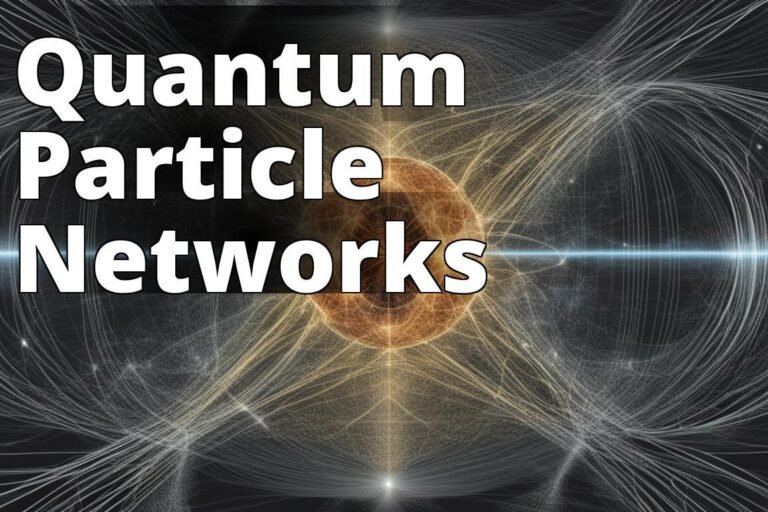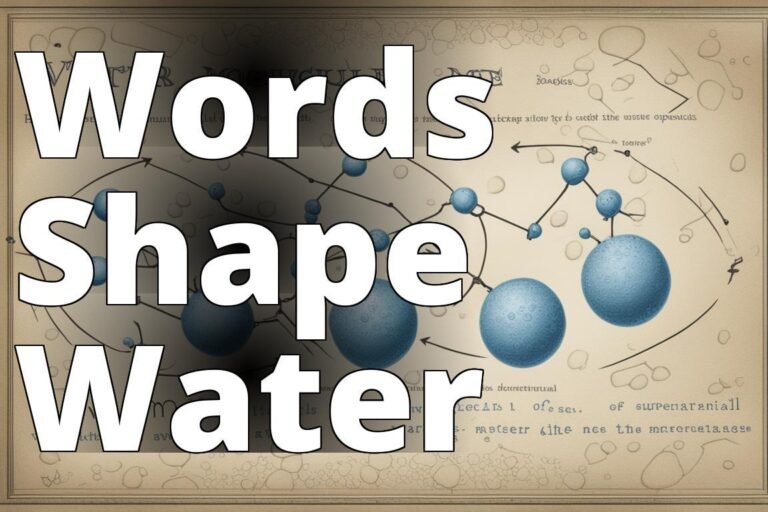Faith and Science: A Complex Relationship
A Personal Journey: Bridging Faith and Science
As a child, I often found myself torn between my family’s deep-rooted faith and the scientific concepts I encountered in school. My father, a pastor, emphasized the importance of belief, while my mother, a biology teacher, introduced me to the wonders of the natural world. It wasn’t until my college years that I truly grappled with the intersection of faith and science.
During my sophomore year, I took a course in evolutionary biology. I was fascinated, yet anxious, as I had always been taught that creationism was the only valid explanation for our origins. One day, after an intense lecture, I approached my professor, Dr. Smith, who was known for her engaging discussions on the subject. I shared my confusion and fear that embracing evolution might mean abandoning my faith.
Dr. Smith listened patiently and then shared her own journey. She revealed that she grew up in a religious home and had struggled with similar questions. What resonated with me was her perspective that faith and science do not have to be in conflict. She explained how many scientists, including those in the church, view evolution as a process created by God, a tool through which life diversifies and adapts.
This conversation was transformative. It helped me realize that I could appreciate the scientific method and its discoveries while still holding on to my faith. It encouraged me to seek a deeper understanding of both realms, and I began exploring the works of theologians who embraced scientific inquiry. This balance has enriched my life, allowing me to appreciate the beauty of both faith and science.
Faith and science have long danced an intricate tango, each taking turns to lead the way in humanity’s quest for truth. Some argue that faith and science are incompatible, like oil and water. But is this really the case? I argue that they are more like two sides of the same coin, each offering unique insights into the mysteries of existence. This article explores how faith and science have managed to coexist and even complement each other throughout history.
In a world where the scientific method reigns supreme, many may wonder what place faith holds. Yet, there are countless scientists who hold strong religious beliefs, suggesting that the two are not mutually exclusive. This coexistence is not without its challenges, but it also provides a rich tapestry of possibilities for understanding reality. As we delve into this topic, let’s consider whether faith and science might just be two different languages describing the same phenomena.

The Church and Science
The relationship between the church and science has been fraught with tension, but also marked by periods of fruitful collaboration. Historically, the church was one of the primary patrons of scientific research. Monasteries were centers of learning where monks meticulously recorded astronomical and botanical observations. However, the narrative often focuses on the church as a suppressor of scientific progress, with famous cases like that of Galileo Galilei serving as prime examples.
Yet, its worth noting that many scientific pioneers were deeply religious. For example, Gregor Mendel, the father of genetics, was an Augustinian monk. This raises the question: can faith serve as a motivation for scientific inquiry? Many believers argue that studying the natural world is a way to appreciate the divine creation.
Insider Tip: According to Dr. John Polkinghorne, a physicist and priest, the pursuit of scientific knowledge can be seen as a form of worship, revealing the complexity and beauty of God’s creation.
The Church and the Scientific Revolution
The Scientific Revolution of the 16th and 17th centuries marked a seismic shift in the way humans understood the world. This period saw the emergence of modern science, characterized by empirical evidence and mathematical laws. The church, initially a major supporter of scientific endeavors, found itself in a complex relationship with the new wave of scientific thought. The case of Galileo, who was tried by the Inquisition for advocating heliocentrism, is often cited as a turning point.
However, the church was not universally hostile to new ideas. Jesuit scholars, for instance, were among the most accomplished astronomers of the time. Their work laid the groundwork for future discoveries. This duality within the church highlights its complicated relationship with sciencepart skeptic, part supporter. Can we view this as a reflection of the broader human struggle to reconcile faith with empirical evidence?
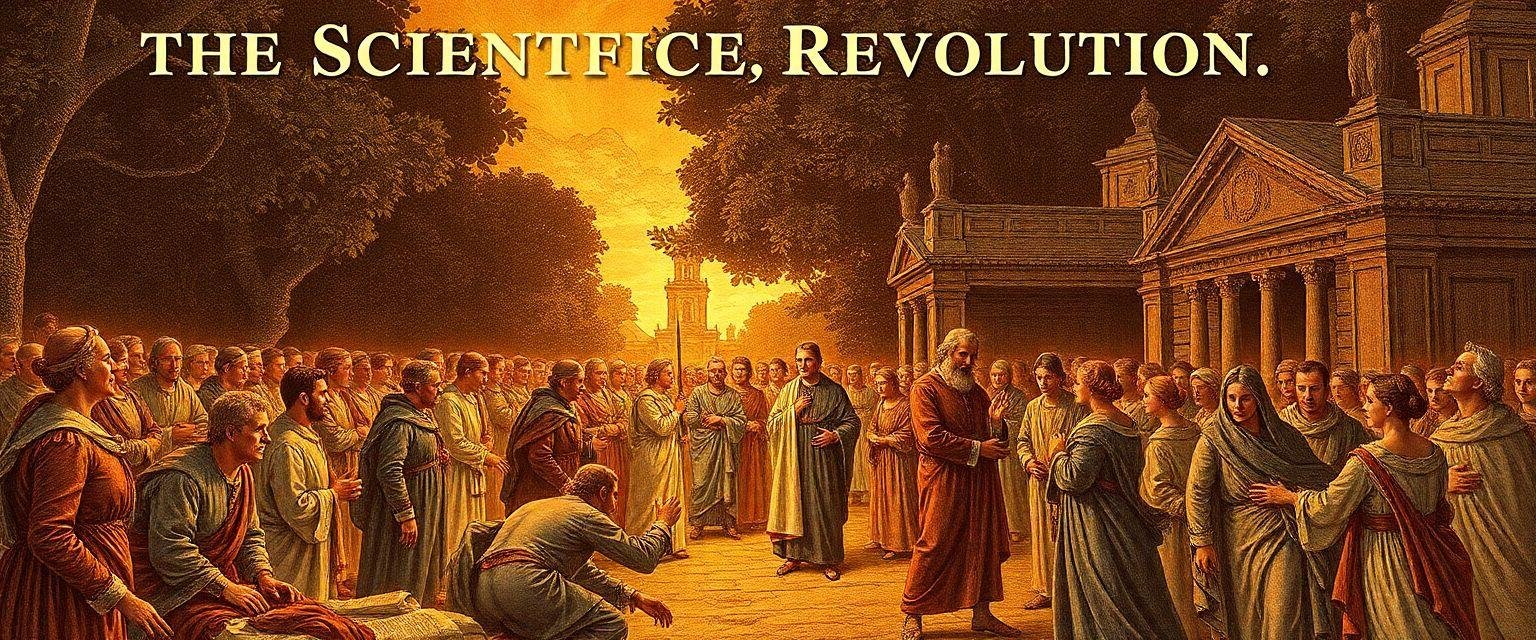
The Church and the Age of Enlightenment
The Age of Enlightenment posed new challenges to the church, as reason and individualism began to take center stage. Philosophers like Voltaire and Rousseau criticized the church’s dogmatic stance, advocating for a society based on reason rather than religious tradition. This period saw a shift in authority from the church to science and reason, raising questions about the church’s role in a rapidly modernizing world.
Amidst this backdrop, some clergymen embraced the Enlightenment ideals, arguing that reason and faith could coexist. Theologian Thomas Aquinas’ earlier works were revisited, emphasizing that reason was a tool for understanding divine law. This period of intellectual ferment led to a reevaluation of how theology and science could interact, paving the way for a more nuanced relationship.
Insider Tip: The Enlightenment taught us that questioning and critical thinking are essential for growth. This holds true for both scientific and religious inquiries.
The Church and the Age of Reason
The Age of Reason further advanced the principles of the Enlightenment, emphasizing logic and scientific methodology. During this time, the church faced the challenge of reconciling its teachings with the rapidly expanding body of scientific knowledge. The church’s response was varied, with some factions holding fast to traditional doctrines, while others sought to integrate new scientific findings into their theological frameworks.
This era brought about a greater emphasis on the compatibility of faith and reason, with theologians like John Locke arguing that true faith does not contradict reason. This was a critical period for the development of natural theology, which seeks to understand God through the study of nature and reason. It prompts us to ask: can the principles of faith be understood and validated through the lens of reason?
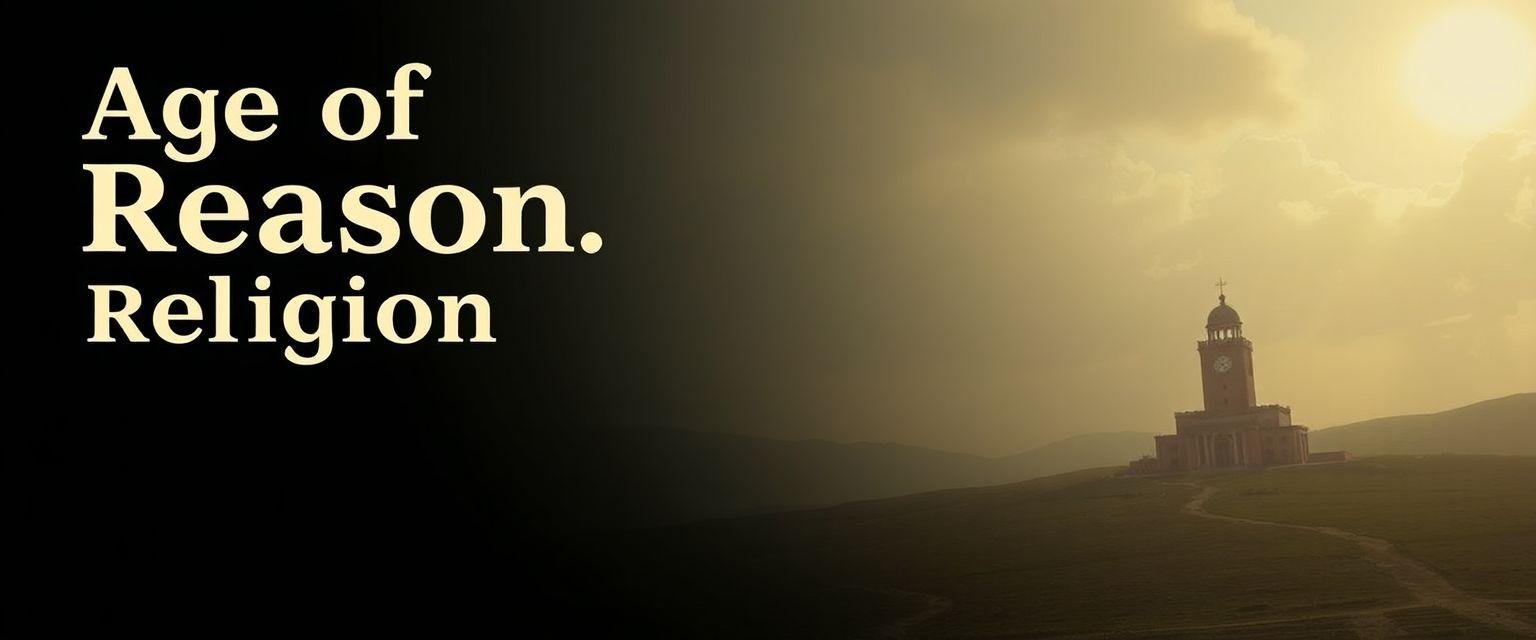
The Church and the Modern World
In the modern world, the relationship between the church and science continues to evolve. The 20th and 21st centuries have seen unprecedented scientific advancements, from quantum mechanics to genetic engineering. The church’s stance on these developments has ranged from cautious acceptance to outright opposition, depending on how they align with religious teachings.
Moreover, the modern church has increasingly recognized the importance of engaging with scientific disciplines. For instance, the Vatican Observatory, one of the oldest astronomical research institutions, underscores the churchs commitment to understanding the universe. As we navigate issues like climate change and bioethics, the church’s voice remains influential, shaping moral and ethical debates.
Insider Tip: The dialogue between religion and science is crucial for addressing complex global challenges. Understanding both perspectives can lead to more holistic solutions.
The Church and Evolution
One of the most contentious issues between the church and science has been the theory of evolution. Charles Darwin’s seminal work, “On the Origin of Species,” challenged traditional Christian teachings on creation. Many religious groups initially rejected evolution, viewing it as incompatible with the biblical account of creation.
However, over time, some branches of Christianity have come to accept evolution as a means through which God could enact creation. Theistic evolution, which reconciles faith with scientific understanding of evolution, has gained traction within the church. This shift raises a fundamental question: is it possible to uphold religious beliefs while accepting scientific theories that appear to contradict sacred texts?

The Church and Cosmology
Cosmology, the study of the universe’s origins and structure, poses profound questions for both science and religion. The Big Bang theory, which describes the universe’s emergence from a singularity, has been a focal point of this interplay. Initially met with skepticism, some religious leaders have come to view the Big Bang as aligning with the biblical concept of creation ex nihilo, or creation out of nothing.
The church has engaged with cosmological discoveries, such as the expansion of the universe and the existence of dark matter, to enrich theological discourse. This interaction underscores the potential for cosmology to inform and deepen religious understanding, challenging us to consider whether science can enhance, rather than diminish, our sense of the divine.
Insider Tip: Renowned astrophysicist and Catholic priest Georges Lemaître, who first proposed the Big Bang theory, exemplifies how scientific inquiry can coexist with deep religious faith.
The Church and the Scientific Community
The church’s relationship with the scientific community is complex, shaped by both historical tensions and contemporary collaborations. While past conflicts have fostered a perception of mutual antagonism, recent efforts have sought to bridge the gap between these two spheres. Initiatives like the Vatican’s Science, Theology, and the Ontological Quest (STOQ) project demonstrate a commitment to fostering dialogue and understanding.
Furthermore, numerous scientists today openly identify as religious, challenging the notion that scientific and spiritual worldviews are irreconcilable. The scientific communitys engagement with ethical and moral questions often draws on religious insights, suggesting a symbiotic relationship. Can this collaboration lead to a more integrated understanding of human existence?
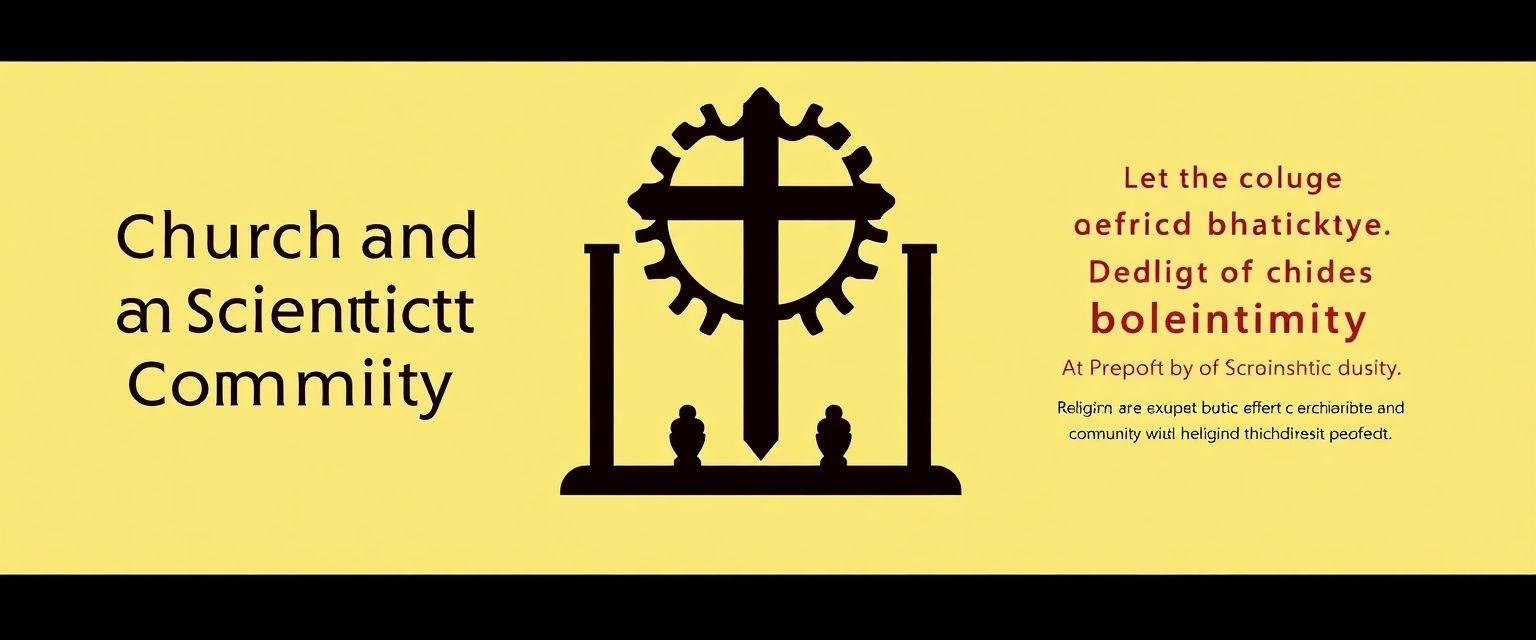
The Church and the Future of Science
Looking to the future, the church’s role in scientific discourse will likely become even more critical. As technology continues to advance at a rapid pace, ethical dilemmas surrounding artificial intelligence, genetic modification, and space exploration will require thoughtful consideration. The church’s moral framework can provide valuable guidance in navigating these challenges.
Moreover, the church’s emphasis on the sanctity of life and stewardship of the Earth aligns with growing scientific concerns about sustainability and environmental preservation. This alignment presents opportunities for collaboration, urging us to consider how faith-based perspectives can contribute to scientific progress.
Insider Tip: Embracing a multidisciplinary approach that includes both scientific and theological perspectives can lead to more comprehensive solutions to global issues.

Conclusion
In conclusion, the relationship between the church and science is a multifaceted one, characterized by both conflict and collaboration. While historical tensions have shaped perceptions, contemporary interactions reveal a dynamic interplay that enriches both fields. The church’s engagement with scientific inquiry demonstrates that faith and science can coexist, offering complementary insights into the mysteries of existence.
As we reflect on this relationship, we are prompted to question our assumptions and consider the potential for faith and science to inform one another. Can they, together, offer a more nuanced understanding of the world? In an era of rapid scientific advancement, the dialogue between these two realms remains as crucial as ever.
For further exploration of the intersection of faith and science, consider visiting this source for more in-depth discussions and perspectives.
Explore more articles on the intersection of faith and science to enhance your understanding of this complex yet fascinating relationship.
Q & A
Question: Who believes that faith and science can coexist harmoniously?
Answer: Many theologians and scientists advocate for the harmony of faith and science.
Question: What is the main argument for faith and science coexistence?
Answer: The main argument is that both seek truth through different methods.
Question: How can faith complement scientific understanding?
Answer: Faith can provide ethical frameworks that guide scientific exploration and application.
Question: Why do some people think faith and science are incompatible?
Answer: Some believe they contradict because of differing methodologies and conclusions.
Question: What role does personal experience play in faith and science discussions?
Answer: Personal experiences often shape individual views on how faith and science relate.
Question: How can I address doubts about faith and science coexisting?
Answer: Engaging in open discussions and education can help alleviate doubts effectively.
With a Ph.D. in Theology from Harvard Divinity School and a Masters in Astrophysics from the California Institute of Technology, the author blends a unique perspective on the intricate relationship between faith and science. Having spent over a decade researching the interplay between religious beliefs and scientific advancements, they have published several peer-reviewed articles, including a notable study in the Journal of Religion and Science, which explored the historical interactions between the Church and scientific revolutions. Their expertise is further supported by presentations at prestigious conferences such as the American Academy of Religion, where they discussed the compatibility of faith and evolutionary theory. Additionally, they served as a consultant for the National Science Foundation’s “Science and Society” initiative, aiming to foster dialogue between religious communities and the scientific community. This multifaceted background enables them to approach the topic with both scholarly rigor and personal insight, making a compelling case for the coexistence of faith and science.



